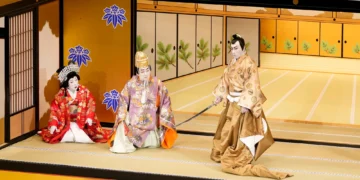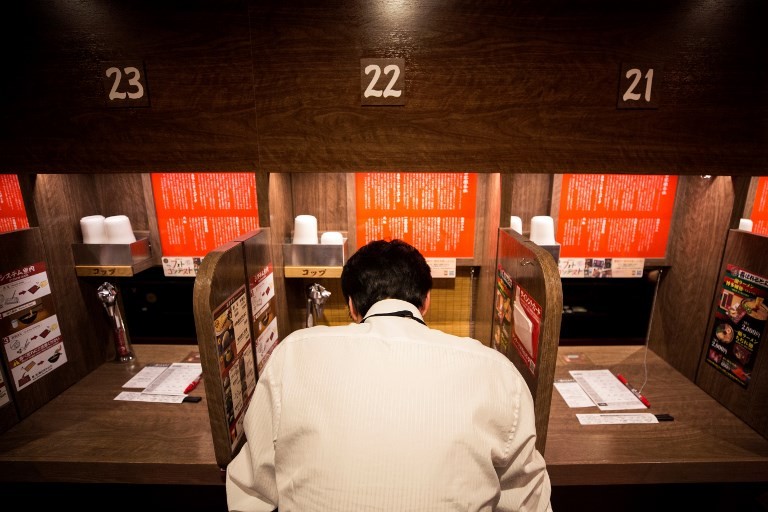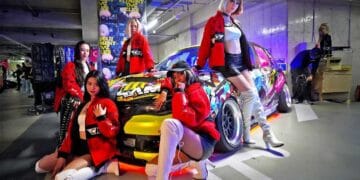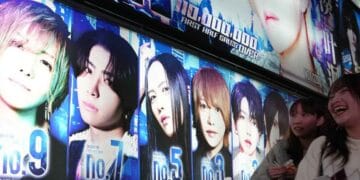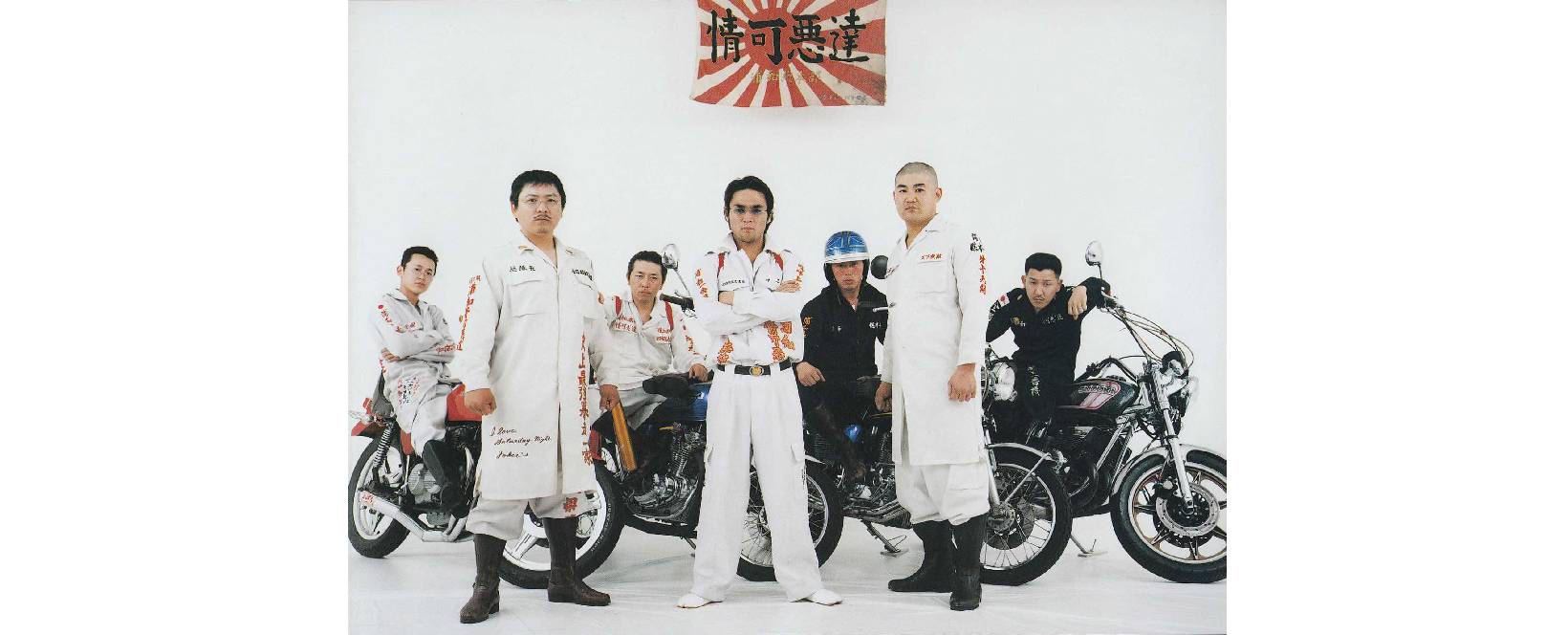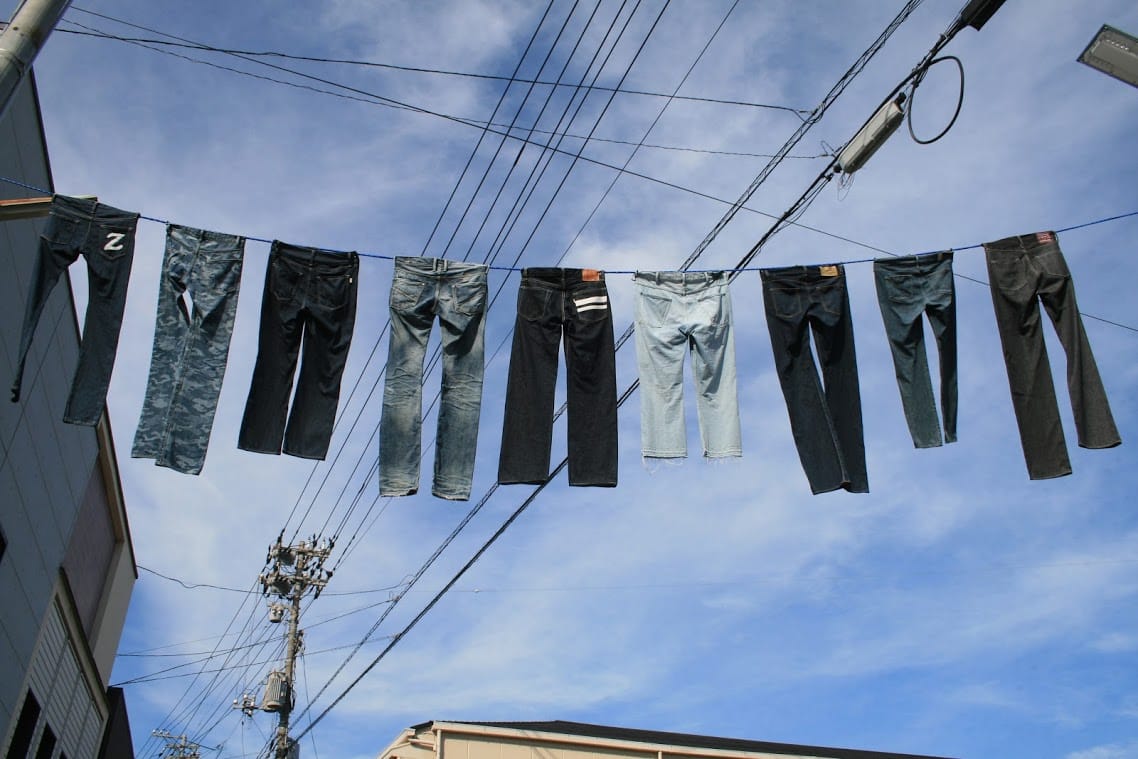Introduction
Beneath Japan’s calm exterior lies a rebellious subculture known as “Bosozoku.” This motorcycle subculture has been thriving in Japan since the post-war era, and it’s a captivating and mysterious world. In this article, we’ll explore the history and story of Japan’s Bosozoku, tracing its origins, changes over time, and its cultural significance.
Origins of Bosozoku
The term “Bosozoku” means “violent running group” or “reckless group,” which gives you an idea of what this subculture is all about. It emerged in Japan during the 1950s, a time when the country was going through rapid changes. After World War II, Japan was rebuilding, and young people, often from working-class backgrounds, were looking for ways to express their frustration and defiance against societal norms.
The Birth of Motorcycle Gangs
Bosozoku culture started among young people who were drawn to American motorcycles, especially Harley-Davidsons. These bikes represented freedom and rebellion, making them the perfect canvas for expressing Bosozoku ideals. By the 1960s and 1970s, Bosozoku groups were forming, typically made up of teenage or young adult males.

Distinctive Style and Behavior
Bosozoku gangs are known for their unique attire and behavior. Members often wear modified school uniforms, complete with long, embroidered jackets called “tokko-fuku.” These jackets are decorated with gang-specific logos and symbols and are worn with pride. Bosozoku bikers also heavily customize their motorcycles, with elongated front forks, oversized fairings, and loud exhaust systems that can be ear-piercing.
One of the most iconic features of Bosozoku culture is their group rides, known as “sokou” or “zoku-runs.” With a thunderous roar of modified bikes these rides serve not only to showcase their rebellious spirit but also to establish their presence and dominance within their subculture.
Clashes with Authorities and Society
Bosozoku culture often clashed with law enforcement and mainstream society. The noisy bikes, aggressive riding, and confrontational style led to frequent run-ins with the police. In the 1980s, the Japanese government enacted harsher rules and penalties to control Bosozoku activities, resulting in a decrease in the bold displays of rebellion that were once connected with the subculture.
The Evolution of Bosozoku
As Japan continued to modernize, Bosozoku culture also adapted. While the confrontational aspects decreased, certain elements of the culture endured. Today, Bosozoku gangs are smaller and less overtly violent. They focus more on camaraderie, bike customization, and their shared love for motorcycles.
In recent years, there has been a revival of interest in Bosozoku culture, with some motorcycle enthusiasts embracing its unique aesthetics and spirit while staying within legal lines.
Cultural Significance
Despite its disruptive behavior, Bosozoku culture holds cultural significance in Japan. It shows the details between tradition and rebellion and represents youthful defiance in a society that often values conformity.
Conclusion
Bosozoku, Japan’s rebellious motorcycle subculture, emerged as a response to post-war changes and societal frustrations. Characterized by distinctive style, group rides, and confrontational behavior, it’s been a captivating and sometimes controversial part of Japanese society. While the confrontational aspects have faded, the cultural importance of Bosozoku endures, reminding us of the complexities of youth rebellion and the desire for self-expression in a changing world.



